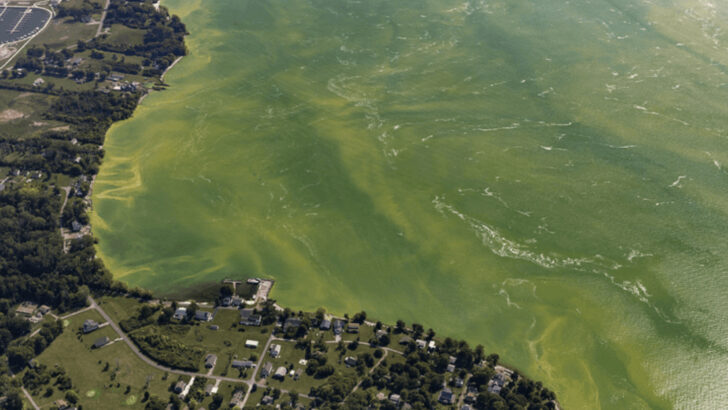Once upon a cast, these lakes were legendary.
Anglers would swap stories about monster trout, shimmering schools, and secret spots passed down through generations. The water was alive, the shores buzzing with excitement, and the fish? Plentiful, wild, and proud.
But something changed. Waters turned murky. Fish grew scarce. What once felt like paradise now echoes with silence and algae. Pollution, invasive species, and climate swings crept in—not with a bang, but a slow, relentless crawl.
Now, these lakes fight to stay on the map. Their legacy isn’t gone—but it’s hanging by a gill. Let’s take a look at the lakes that once teemed with life and joy… and are now begging for a lifeline.
Lake Champlain
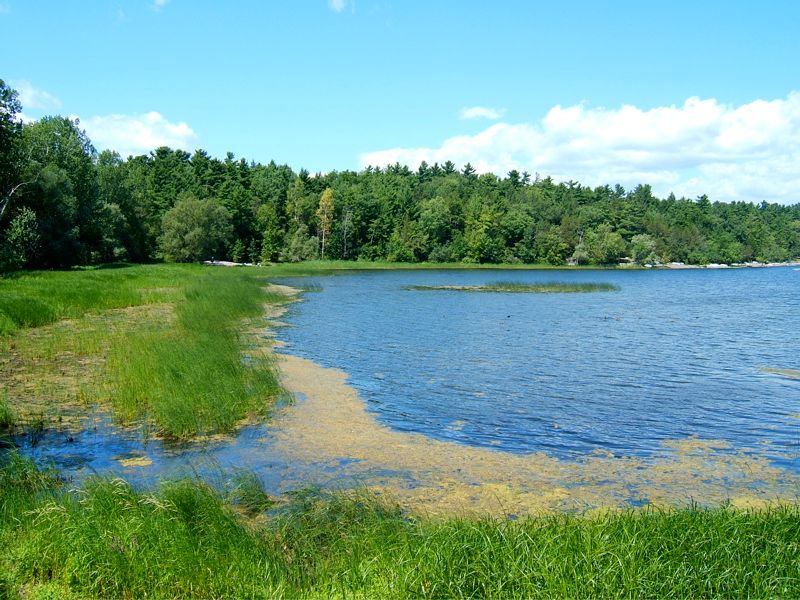
Once a fishing paradise, Lake Champlain was known for its vast populations of bass and trout. However, the intrusion of invasive species like zebra mussels has threatened its delicate ecosystem. These small creatures disrupt the food chain, causing fish populations to decline.
Additionally, contaminants from agriculture and urban runoff have polluted the waters, making it difficult for fish to thrive. Efforts are underway to restore balance, but it’s a challenging task.
Lake Champlain’s scenic beauty remains a draw, offering hope that with care, its waters may once again teem with life.
Salton Sea
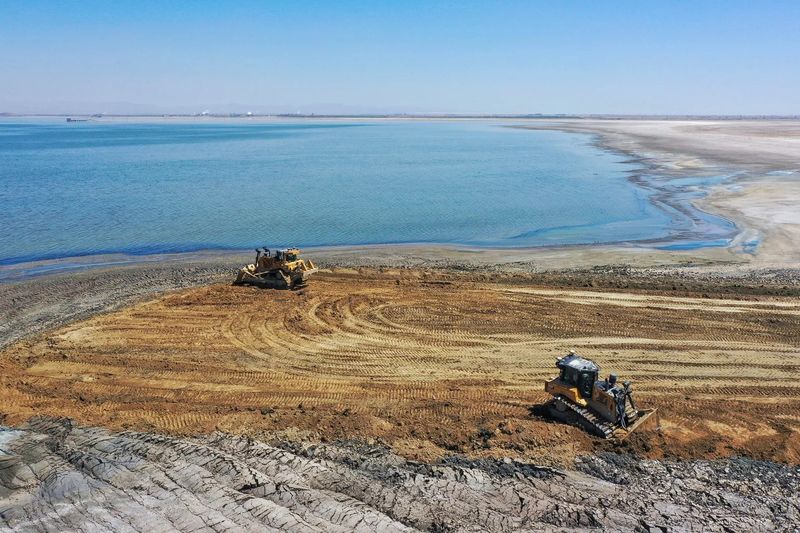
The Salton Sea, once a vibrant fishing spot, now faces severe salinity issues. Rapid evaporation and agricultural runoff have heightened salt levels, creating inhospitable conditions for fish.
Dead fish line its shores, a stark reminder of the sea’s plight. The air is thick with a pungent smell, deterring visitors and affecting nearby communities.
Revival efforts focus on managing water inflows and restoring habitats, but the road ahead is long. Despite these challenges, the Salton Sea’s unique landscape continues to captivate those who visit.
Great Salt Lake

Famed for its immense size, the Great Salt Lake’s fish populations have been hit hard by rising salinity and receding waters. Industrial demands and climate change accelerate these problems, leaving fish struggling to survive.
The lake’s peculiar beauty draws nature enthusiasts, yet its ecological balance is fragile.
Conservation groups work tirelessly to mitigate these impacts, aiming to safeguard the lake’s future. The Great Salt Lake stands as a testament to the intricate dance between nature and human influence, offering valuable lessons for conservation.
Lake Okeechobee
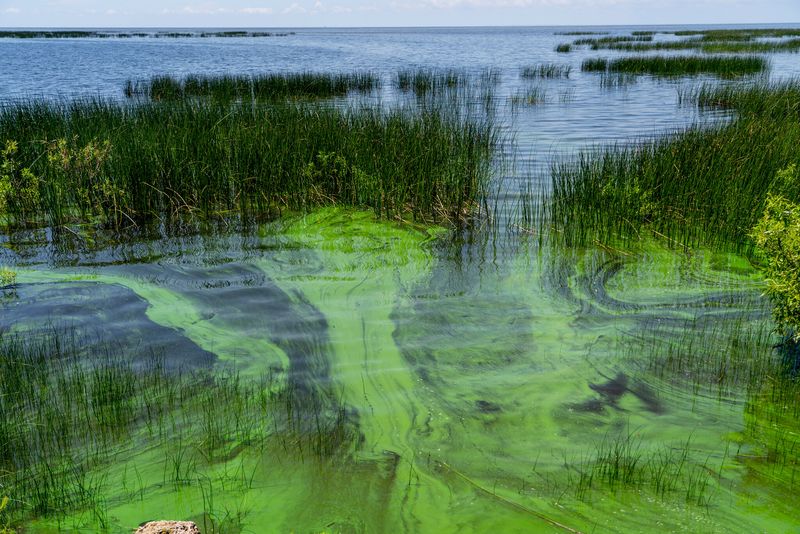
Florida’s Lake Okeechobee, vital for local wildlife, grapples with nutrient pollution and harmful algal blooms. These blooms, fueled by phosphorous runoff, choke the lake, depleting oxygen levels and devastating fish populations.
The vibrant tapestry of life that once thrived here is under siege, as local communities work to curb pollution and protect the lake’s natural heritage.
Lake Okeechobee’s story is a poignant reminder of the ongoing struggle between development and nature, highlighting the need for sustainable practices to preserve our water bodies.
Lake Erie
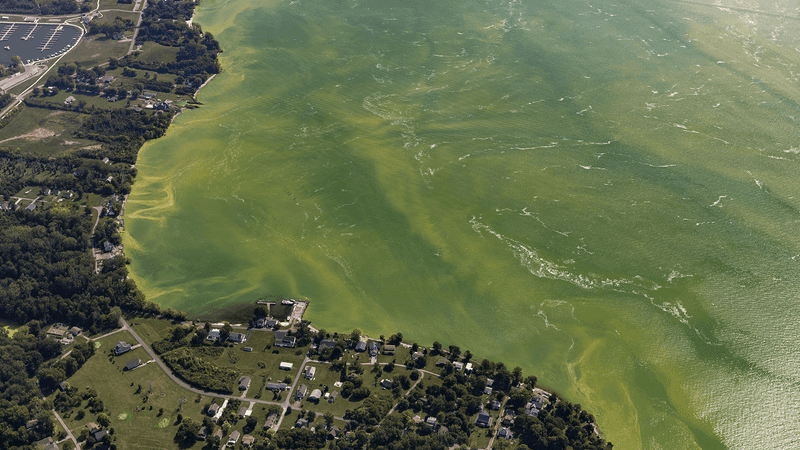
Known for its rich fishing history, Lake Erie now battles pollution and toxic algal blooms. Agricultural runoff has increased phosphorous levels, impacting water quality and diminishing fish habitats.
The fight to restore Lake Erie’s health is a community effort, with initiatives focused on reducing pollutants and monitoring water conditions.
Despite challenges, the lake’s resilient spirit prevails, promising hope for a cleaner future. Lake Erie symbolizes both the beauty and vulnerability of our natural resources, urging us to act responsibly in their stewardship.
Lake Texoma

Nestled on the border of Texas and Oklahoma, Lake Texoma was once a paradise for anglers. Its diverse fish population, including the prized striped bass, drew visitors from far and wide. But today, environmental challenges such as drought and pollution have led to a decline in fish numbers.
The once-thriving ecosystem is now fighting to maintain its balance. Invasive species and water level fluctuations further threaten its delicate harmony. Local communities have taken steps to restore the lake.
However, recovery is slow, and Lake Texoma’s future remains uncertain. Anglers continue to hope for the lake’s revival.
Caddo Lake
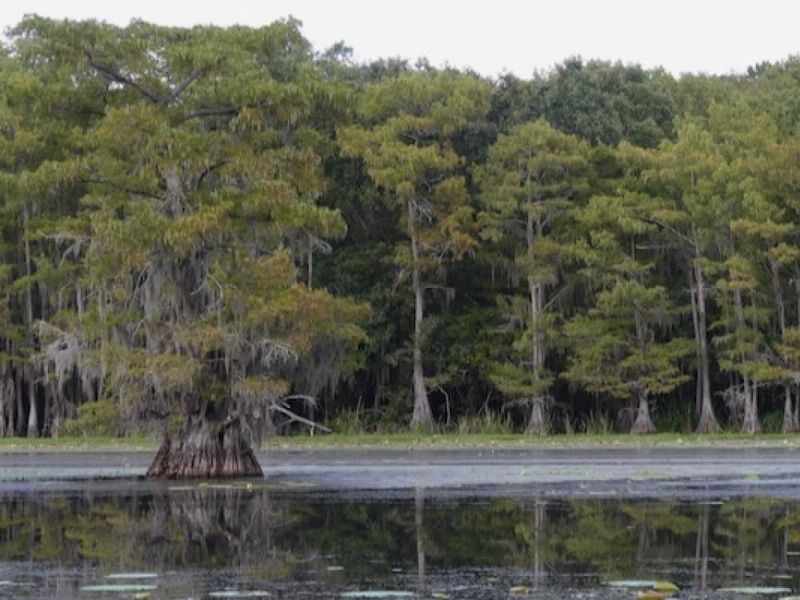
With its labyrinth of bayous and wetlands, Caddo Lake offers a unique fishing experience. Known for its abundant catfish and bass, it has captured the hearts of many. Yet, industrial pollution and invasive plants are suffocating its waters.
These challenges have disrupted the habitat, making it harder for native fish to thrive. The once vibrant aquatic life is dwindling, leaving anglers and wildlife enthusiasts concerned.
Efforts to combat these issues are underway, but the battle is tough. Caddo Lake still holds a mystical charm, yet its future hangs in the balance.
Lake Waubesa

Situated in Wisconsin, Lake Waubesa was a beloved spot for fishing enthusiasts. Its rich waters supported a variety of fish, including bluegill and pike. However, increasing development and agricultural runoff have jeopardized its health.
Algal blooms and nutrient pollution have altered the lake’s ecosystem. Fish populations are struggling to adapt to the rapidly changing environment. Conservation efforts are in place, aiming to restore balance.
Yet, challenges persist. The local community remains hopeful, cherishing memories of the lake’s bountiful past while striving for its restoration.

